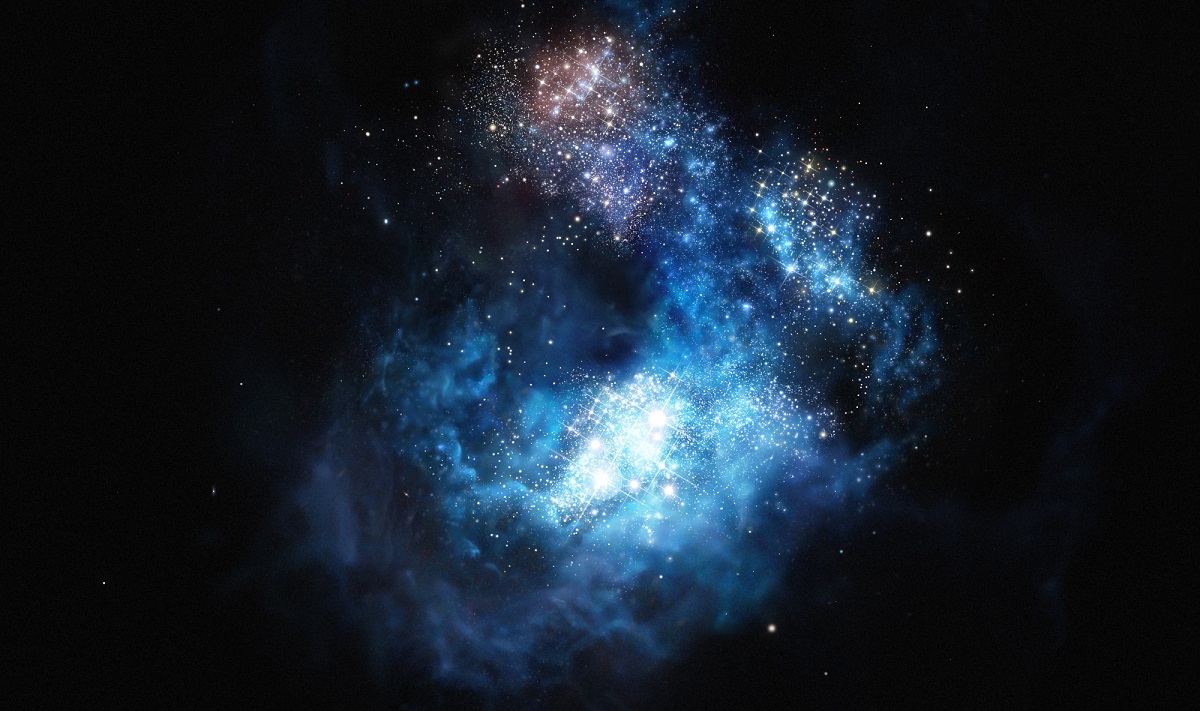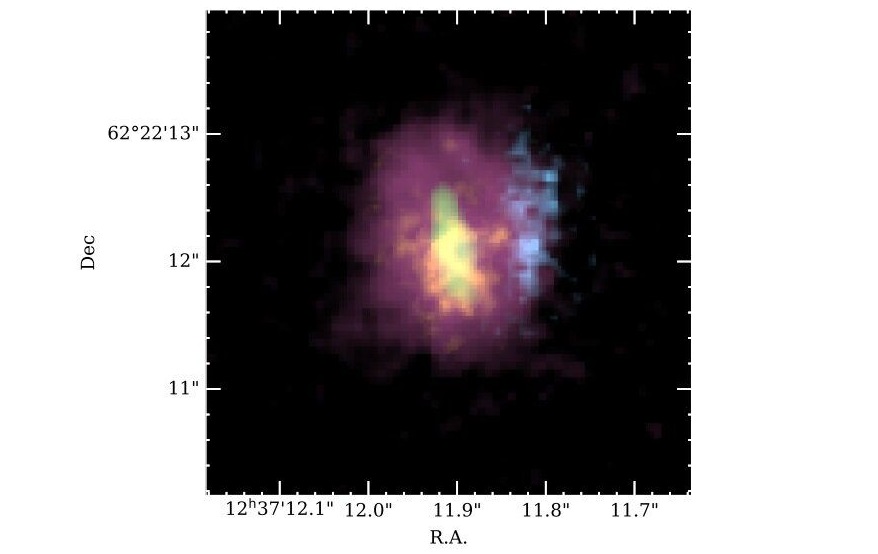James Webb helped study a galaxy far, far away where stars are forming at 1860 solar masses a year

A team of scientists from the Spanish Astrobiology Centre has investigated a very distant galaxy that has seen a surge of star formation. They were helped by the James Webb Space Telescope.
Here's What We Know
Scientists believe that the star formation burst is caused by a galaxy collision. The object in question is called GN20. It is 12 billion light years away, which means that the universe was less than 2 billion years old at the time.
The galaxy under study is surrounded by gas 46,000 light years in diameter. Inside GN20, stars form at about 1,860 solar masses annually.

The galaxy has a dense, bright core about 2,600 light-years in diameter, surrounded by a gas envelope about 23,000 light-years in diameter. Here, the star formation rate reaches 500 solar masses per year. Moreover, the process lasts for 100 million years.
Researchers believe GN20 will become a massive galaxy from the Local Group of galaxies in the future. This category includes the Milky Way and Andromeda. By then, star formation in GN20 will have stopped.
Source: space